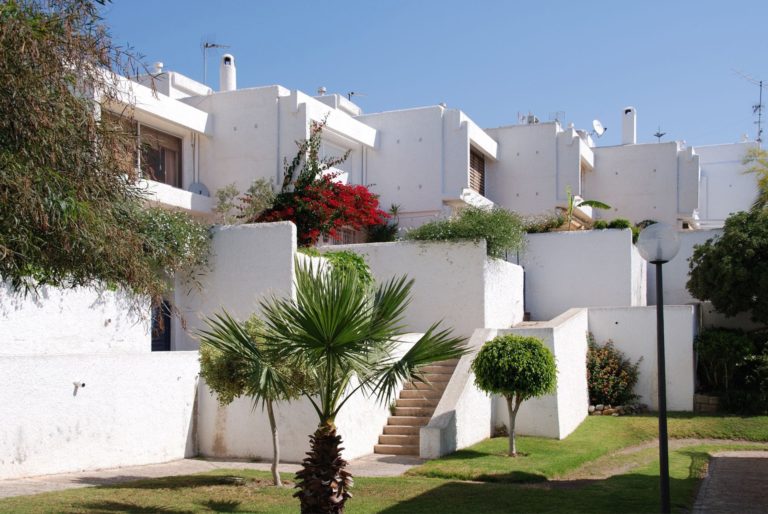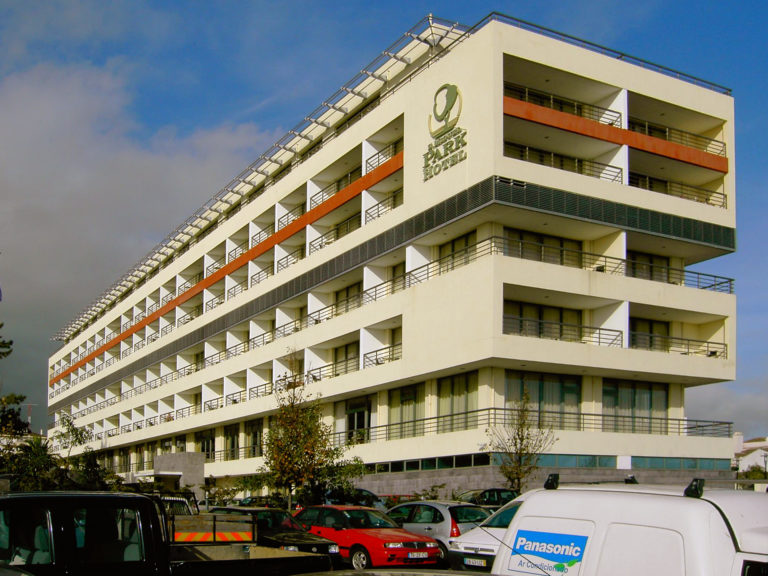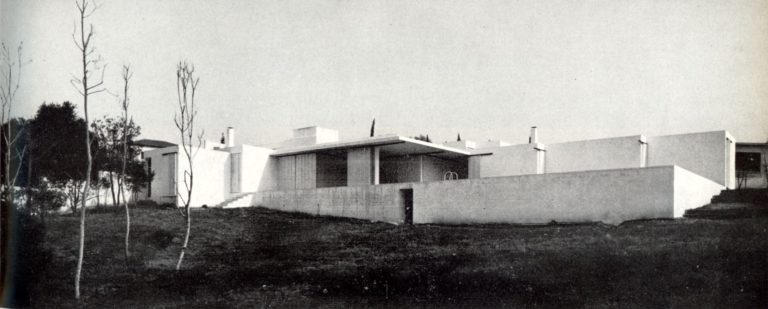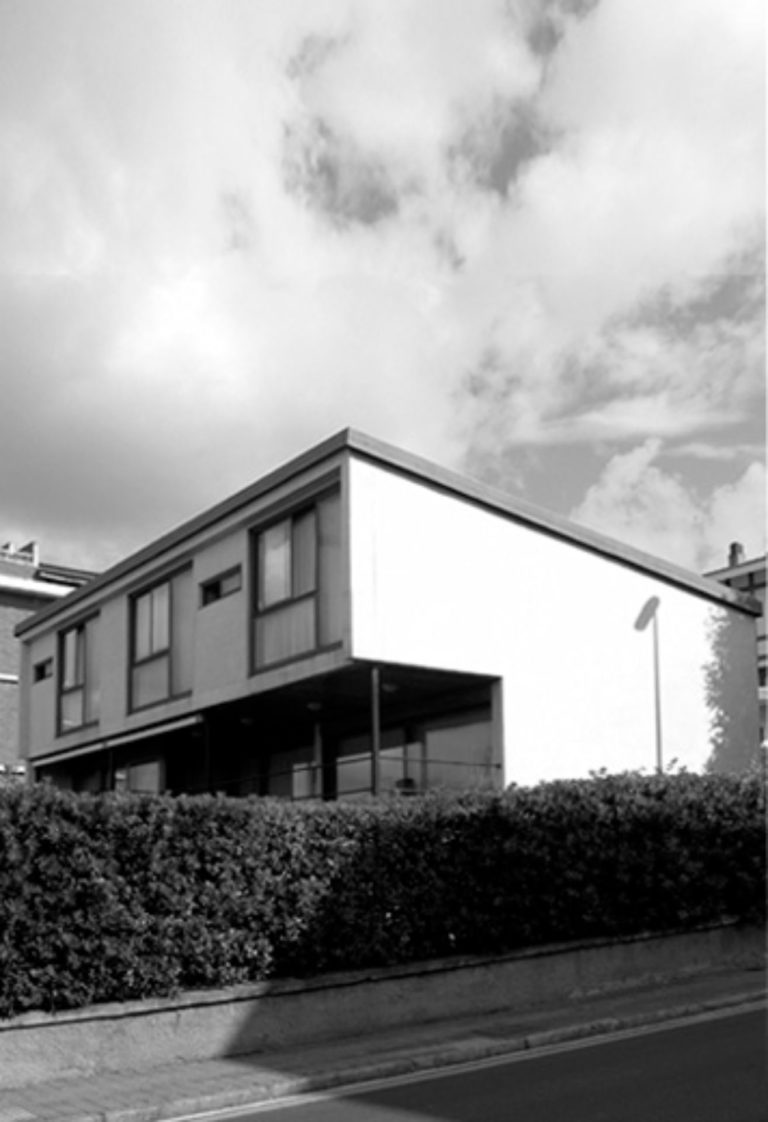Abstract
The first issue of the magazine “Architecture” was published in January 1927. And although with some interruptions and changes of editorial guidance, the magazine was published until 1984, in four series. In the first 30 years, two series were published, which roughly coincides with the two periods of great architectural production of the first two generations of Portuguese modern architects. The architects of the first generation, born in the 1890s, who performed some of his most notable works in the 1930s, when it was published the 1st series of the magazine “Architecture” – Cassiano Branco, Carlos Ramos, Cristino da Silva, Pardal Monteiro… And the architects of the second generation of modern Portuguese architecture, born in the 1910s, who made their major works in the period in which it was published the 2nd series of the magazine, in the second half of the 1940s, and the first half of the 1950 decade – Keil do Amaral, Viana de Lima, Januário Godinho… The 3rd series of the magazine “Architecture” was published between 1957 and 1974, within this period of 17 years the magazine had not always the same cultural significance, or the same ability to influence the debate. Although without a strict boundary, perfectly well-defined, it is important to distinguish two different phases. During the early years of the 3rd series, the magazine had a well-defined cultural program. The new generation of publishers proposed to resume some of the key principles that gave rise to the modern architecture, and tried to find alternatives to the “International Style” in an attempt to overcome the strictly functional dimension of the Modern Movement rationalist architecture. Individually, considering the point of view of each of the protagonists in the debate at that time, it is possible to find different motivations and different preferences. But collectively it is possible to recognize a dominant trend. All the cultural program of the new generation was focused on the need to find forms of cultural continuity. This quest for continuity meant that architecture should represent a deep awareness of what was specific to the Portuguese culture. The book “Storia dell’architettura Modern” published by Bruno Zevi in 1950, was one of the main references, and one of the main models of theoretical thinking that inspired the new generation of Portuguese architects at that time. The second phase can be placed roughly in the last decade of the 3rd series of the magazine, and it is a period when it becomes unrecognizable the collective project that had dominated the debate at the turn of the 1950s to 1960s. That does not mean it was impossible, in the late 60s and early 70s, to continue to build a critical thinking to face the contemporary problems. But it was not possible to continue to do so following the same model that had been followed for over a decade. And there was something profoundly different – the previous model was not being replaced by a new model, but by many possible models, and differing between themselves. After the end of 3rd series in 1974, the magazine’s publication was interrupted for five years. In 1979, it begins a 4th series, which was published until 1984. At that time the magazine has not the same cultural importance it had in the late 1950s and during the 1960s. It represents no longer the production of a leading critical thinking, and it has a very limited ability to influence the debate. Although it is an important historical document to understand the development of architectural debate in Portugal in the early 1980s, and to understand how, from that moment, the architectural magazines begin to lose leadership and to give way to other forms of production of debate and critical thinking.












